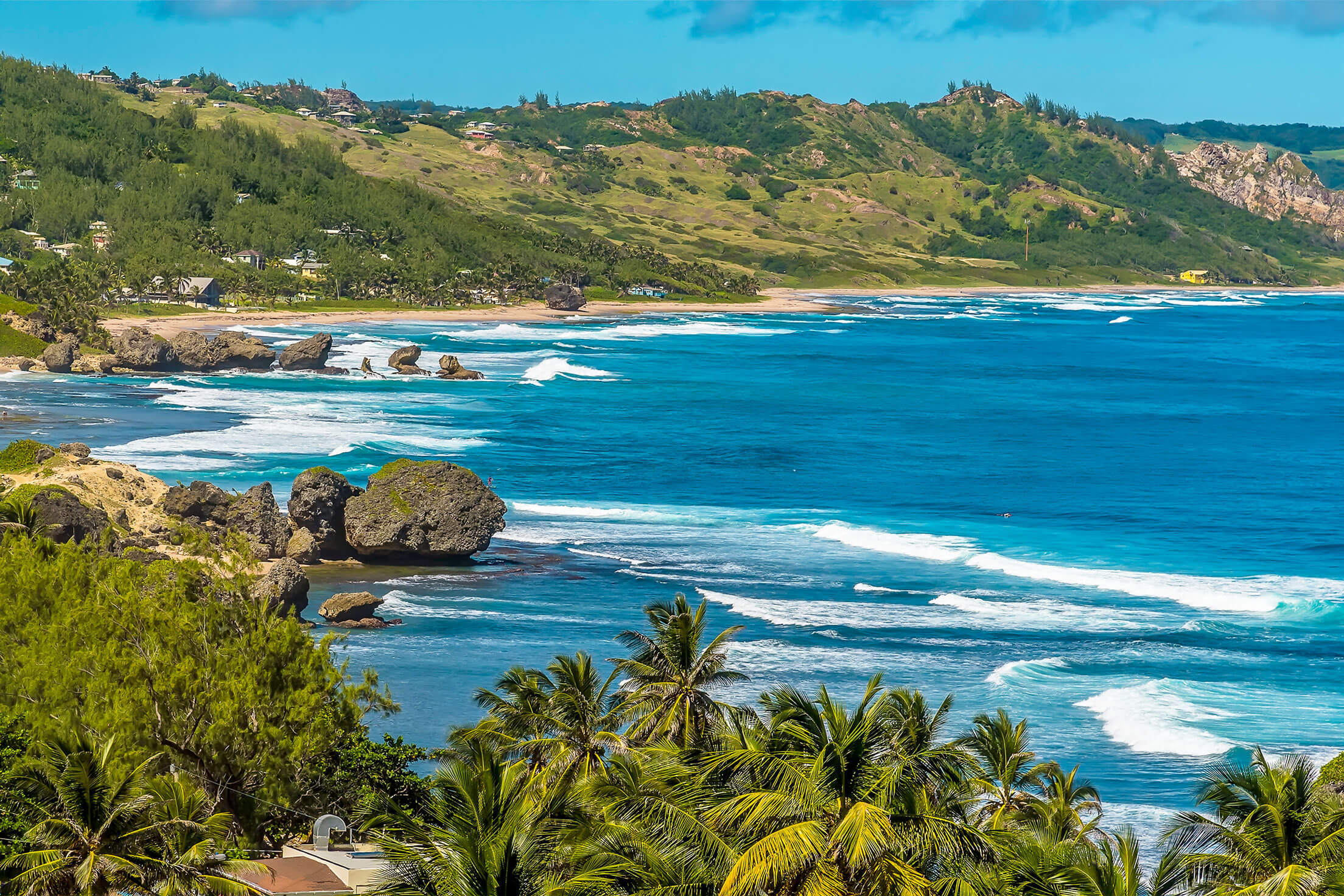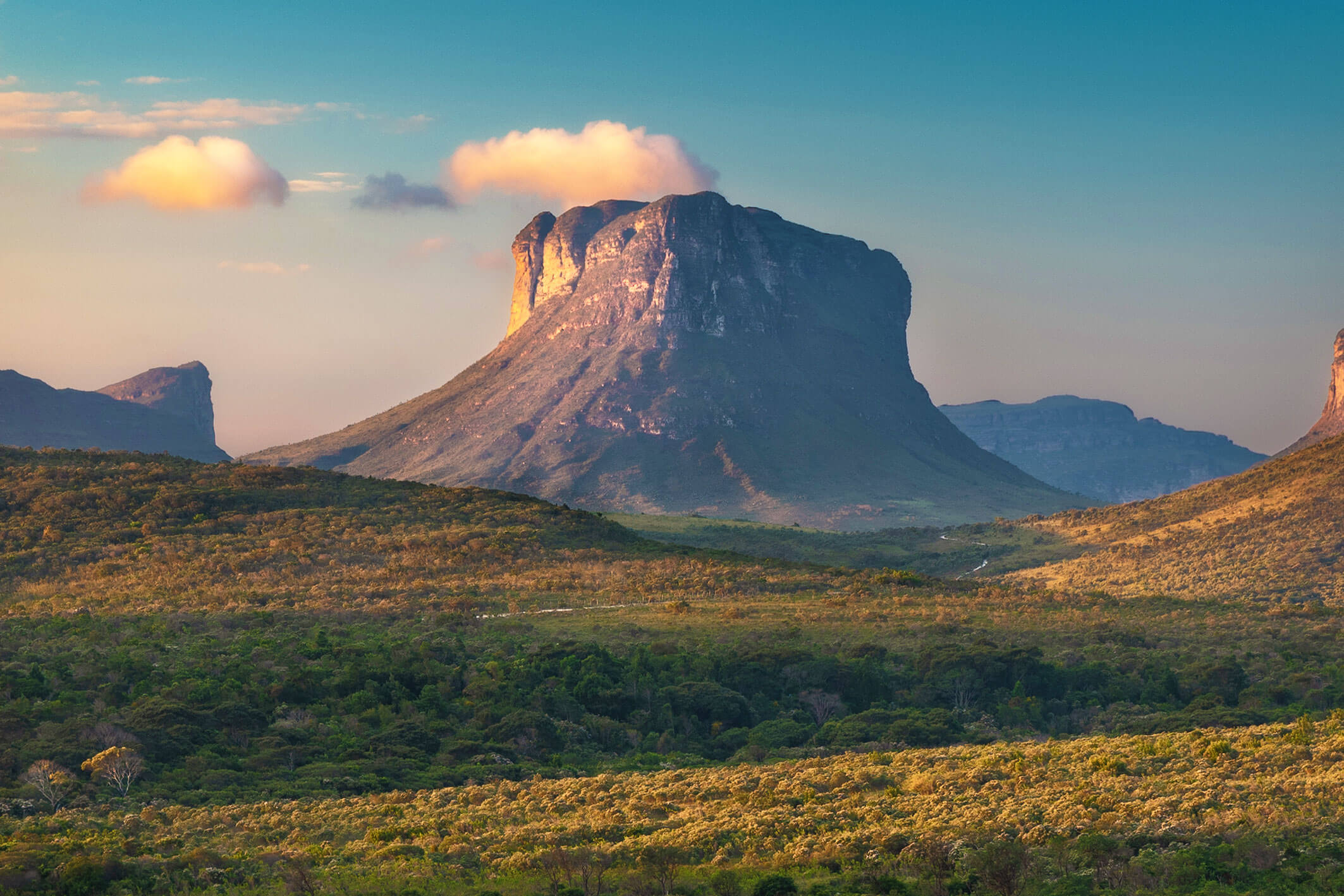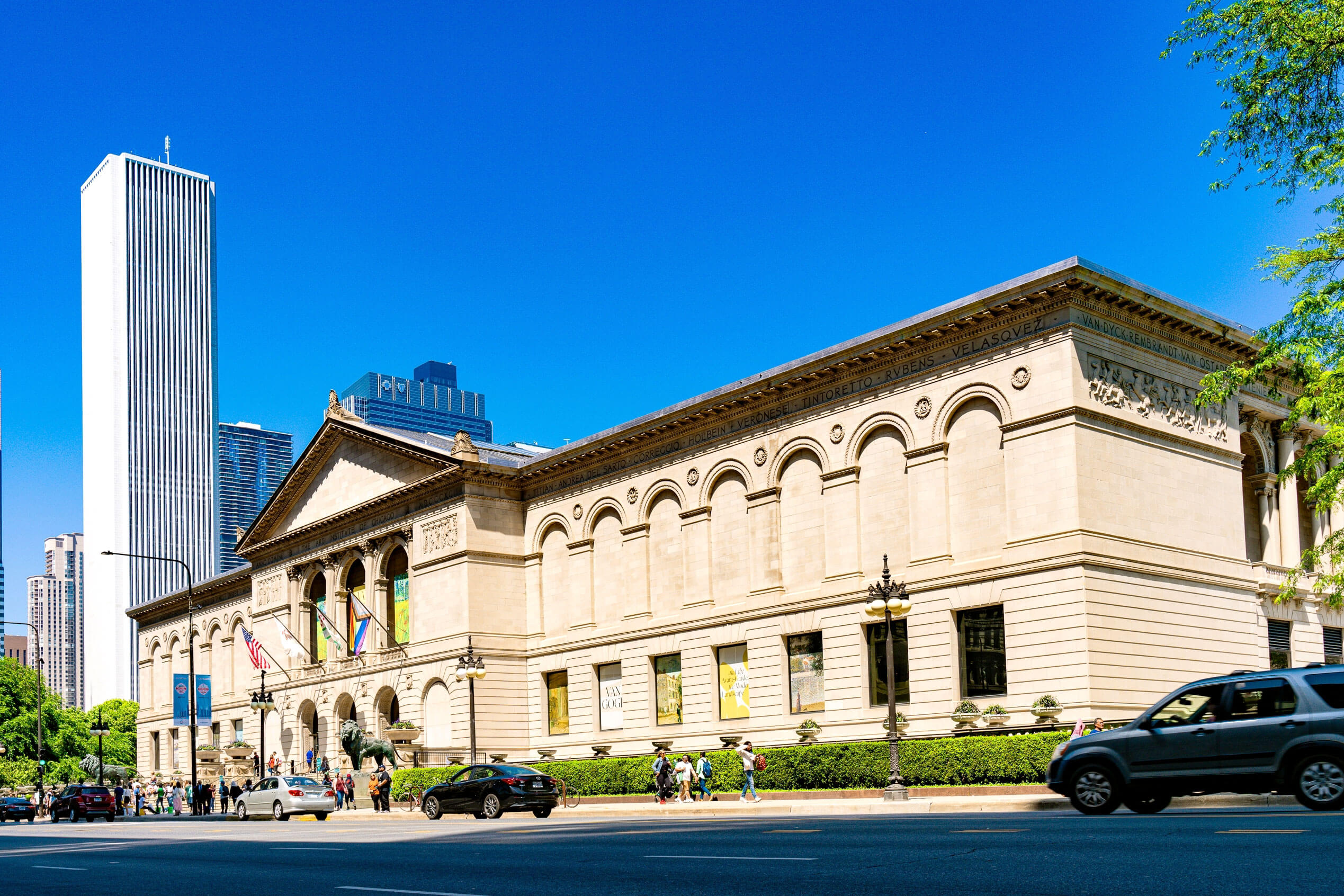1/1 Oops. Incorrect.
0%
0pts Earned
0/1correct
20/20
What language in Cameroon has only a handful of remaining speakers?
Njerep is one of the most critically endangered languages anywhere in the world. According to recent studies as of 2023, only four people continue to speak the language, and they reside in the Adamawa region of Cameroon. Though there are some people who remember bits of the language, they cannot speak it, leaving the dialect on the verge of extinction.
Source: AlchetronArapaho
9%
Cuiba
20%
Aluet
18%
Njerep
53%
19/20
Paipai is spoken by native peoples of what peninsula?
The Paipai are among the Indigenous tribes native to Mexico’s Baja California Peninsula. Aboriginal people on the peninsula spoke a number of Yuman languages, including Paipai, Kiliwa, and Cocopá. According to the 2010 U.S. Census, only 193 native Paipai speakers remained, and they mainly lived in the Santa Catarina community of northern Mexico.
Source: Indigenous MexicoIberia
17%
Malay
33%
Baja California
47%
Scandinavia
3%
18/20
What rare Uralic language is spoken in Siberia?
The Khanty language is one of the rarest in the world, with estimates putting the number of active speakers below 10,000. The language is mainly spoken in Western Siberia, where it’s also known as Hanti. One aspect of Khanty requires speakers to indicate whether they’ve witnessed things firsthand or acquired that knowledge through hearsay, offering a unique linguistic perspective.
Source: BabbelKhanty
30%
Koro
30%
Sarsi
35%
Pawnee
4%
17/20
Pintupi and Gooniyandi are both rare languages spoken in what country?
There are hundreds of unique languages spoken by the Aboriginal peoples of Australia. Among those languages are Pintupi, which had 147 speakers at the time of the last Australian census in 2016, and Gooniyandi, which had just 134 speakers. Pintupi is spoken by an Aboriginal group in the central part of Australia, while Gooniyandi is spoken a few hundred miles to the north, mostly by Aboriginals of the Fitzroy Crossing area in Western Australia.
Source: Endangered Languages ProjectIceland
10%
Democratic Republic of the Congo
44%
Bolivia
7%
Australia
39%
16/20
What is unique about the Silbo Gomero language?
Silbo Gomero, a language originally used on the Spanish island of La Gomera, consists of whistle sounds rather than words. Whistles can carry farther than voices, something that proved useful among early settlers who could communicate despite being miles apart. Silbo Gomero fell out of common use in the 1950s, but recent efforts have been made to revive it.
Source: BBCConsists of only clicks
56%
Only utilizes whistling
20%
No audible sounds
7%
Only spoken by women
17%
15/20
Bade, Ilue, and Fyem are rare languages spoken mainly in what country?
There are more than 500 different languages spoken among the people of Nigeria, but a handful of those may soon disappear. Those include Bade, which is spoken in the northern part of the country, and has roughly 250,000 speakers; Ilue, which has only about 5,000 speakers living near the Gulf of Guinea and the border with Cameroon; and Fyem, which is spoken in a handful of villages in central Nigeria. Most Nigerians speak the major languages of Yoruba, Igbo, or Ishekiri.
Source: Pulse.ngAustralia
18%
Madagascar
45%
Colombia
5%
Nigeria
32%
14/20
Mirandese is the second official language of which country?
Mirandese is spoken in only one small part of Portugal. The residents of Miranda do Douro, a rural county in the northeast, mostly speak the rare language instead of Portuguese. The language was once outlawed in the 1930s, but in 1999, the government agreed to make it an official language of Portugal, along with Portuguese. An estimated 10,000 people speak it as their mother tongue.
Source: Dictionary.comYemen
31%
Vietnam
22%
Turkey
24%
Portugal
23%
13/20
Vlax, Balkan, and Sinte are all varieties of which European language?
There are seven varieties of the Romani language that are different enough to be considered languages of their own, including the largest three: Vlax Romani, Balkan Romani, and Sinte Romani. The Indo-European language is officially recognized as a minority language in more than a dozen European countries, including Germany, Bulgaria, and Norway. Since the Middle Ages, Romani has been the only Indo-Aryan Language used exclusively in Europe.
Source: Council of EuropeRomani
67%
Faroese
11%
Karelian
12%
Provençal
10%
12/20
Which country is the most multilingual nation on Earth?
Papua New Guinea is believed to be the world's most multilingual country with more than 830 living languages. The jungle-covered island nation has a relatively small population of just 7 million, but among them are hundreds of tribes and cultures separated by the country’s many valleys. After Papua New Guinea, Indonesia, Nigeria, and India are the most multilingual countries in the world.
Source: World Economic ForumNigeria
7%
Papua New Guinea
38%
United States
31%
India
24%
11/20
Zuni, Tiwa, and Keres are Native American languages spoken in what state?
There are 23 federally recognized Native American tribes in New Mexico, many of which speak their own languages. About 13,000 people speak Keres, a language isolate spoken among the pueblos of the Keres people. The Zuni people also primarily reside in New Mexico, and fewer than 10,000 people speak their namesake native language. Also in the region of Taos are fewer than 800 remaining speakers of the Tiwa languages.
Source: New Mexico Secretary of StateNew Mexico
64%
Oklahoma
13%
California
1%
Alaska
21%
10/20
Which country is home to the most people who speak Sherpa?
The Sherpa language is spoken by about 200,000 people worldwide, most of whom are the Sherpa people of Nepal. Sherpas primarily live at high altitudes in the Himalayas and have gained international fame by becoming some of the world's greatest guides on the climb up Mount Everest. When they aren't scaling the roof of the world, Sherpas speak Nepali and Sherpa, which is primarily spoken rather than written.
Source: BritannicaUnited States
0%
Mongolia
20%
Turkey
6%
Nepal
73%
9/20
What is the only official language in the United Kingdom?
Though English is the de facto national language of the United Kingdom and is spoken by 98% of the population, Welsh is the only language in the country that is granted official status by law. Upon parliamentary passage of the Welsh Language Measure 2011, Welsh became the official language of the country of Wales, one of the constituent members of the United Kingdom. Though about 30% of Welsh citizens can speak the language, the government found its cultural and historical importance worthy of preservation, and they hope to spread the tongue to 1 million speakers by 2050.
Source: BabbelWelsh
15%
English
74%
Scots
1%
Gaelic
10%
8/20
In the native Māori language, New Zealand is known by what name?
Long before New Zealand was colonized, Indigenous Māori people on the islands called their land "Aotearoa," which means "land of the long white cloud." The language and the word were nearly lost during the expansion of the British Empire, but have experienced a resurgence in the last 50 years. In 1987, the native Māori language was made an official language of New Zealand and today, more and more people are using the former national moniker. There have even been petitions to fully revert the nation's name to its Indigenous title, though nothing official has happened yet.
Source: The Encyclopedia of New ZealandKampuchea
25%
Nippon
8%
Hrvatska
13%
Aotearoa
54%
7/20
Which of these languages was once considered dead?
A dead language is no longer the native language of any community, and that was the case with Hebrew for most of the Common Era. For more than 2,000 years, Hebrew served not only as a conversational language but also as a language used in sacred texts and religious ceremonies. Then, Jews in Palestine decided they needed a common tongue, and the upbringing of schoolchildren already included instruction in Hebrew. By the 1900s, the language was fully revived and today it is spoken by about 9 million people.
Source: QuartzFrench
0%
Hebrew
49%
Polish
2%
Malagasy
48%
6/20
Which island language is the most closely related to Latin?
Of all the modern Romance languages (which include French, Italian, Portuguese, Romanian, and Spanish, among others), the one that is the closest to Vulgar Latin, the ancestor of them all, is Sardinian. Spoken today by more than 1.5 million people, mostly on the Italian island of Sardinia, the language evolved following the introduction of Latin to the region in 238 BCE after the First Punic War.
Source: BritannicaSardinian
18%
Maltese
17%
Sicilian
43%
Corsican
22%
5/20
Glitch, klutz, and bagel are English words from what endangered language?
The Ashkenazi Jewish language of Yiddish is believed by scholars to be about 1,100 years old. A Germanic language, Yiddish is currently spoken by about 600,000 people worldwide, including about 250,000 in the U.S. and 250,000 in Israel. Though UNESCO officially considers Yiddish an endangered language, some scholars believe that its usage is on the rise. The language has given English some great words over the years, including chutzpah, kvetch, and bubkes.
Source: Merriam-WebsterYiddish
84%
Bavarian
9%
Luxembourgish
5%
Saami
2%
4/20
In which country are Walloon and Flemish primarily spoken?
Flemish is a dialect of Dutch spoken in northern Belgium, though there are also variants like West Flemish that constitute their own language. Spoken by about 6 million people across the small European country, Flemish is similar to the Dutch spoken in the Netherlands with a few differences in pronunciation and vocabulary. In the region of Wallonia in southern Belgium, Walloon is spoken. A Romance language related to French, Walloon has about 600,000 speakers, including a small population of speakers in Door County, Wisconsin.
Source: OmniglotFinland
29%
Canada
1%
Belgium
64%
New Zealand
5%
3/20
In which two countries is Basque primarily spoken?
The Basque language, also known as Euskara, is spoken in the region surrounding the Pyrenees on the border of France and Spain. A language isolate (meaning it has no known linguistic relatives), Basque is the official language of the autonomous Basque country of Spain and has about 660,000 speakers — many of whom are bilingual. The local tongue is the only remnant of the languages spoken in southwestern Europe before the Romanization of the region in the first century BCE.
Source: BritannicaBrazil and Argentina
10%
Australia and New Zealand
7%
France and Spain
73%
Greece and Turkey
11%
2/20
"Aloha kakahiaka" means "good morning" in what rare language?
Before the colonization of Hawaii by the United States, Indigenous people living on the islands spoke Hawaiian. Then, the kingdom was overthrown and usage of the language declined precipitously following a law banning its instruction in schools. By the early 1980s, educators realized that fewer than 50 children spoke Hawaiian, spurring a governmental movement to preserve the native tongue. Today, Hawaiian is an official language of the state, is taught in many schools, and is spoken by about 20,000 people.
Source: Go HawaiiHawaiian
97%
Breton
0%
Quechua
2%
Kangdi
1%
1/20
In World War II, what rare language was used as an unbreakable code?
At the beginning of World War II, Japanese and German forces cracked many of the codes that the Allies were using to communicate. So in 1942, 29 Navajo men joined the U.S. Marines and used their native language to create a code that remained unbroken throughout the war. The “Navajo Code Talkers” participated in every assault the Marines led in the Pacific until the end of the war, including Guadalcanal and Iwo Jima.
Source: AZ CentralChinook
8%
Aleut
6%
Hawaiian
2%
Navajo
83%
Play Quizzes By Category
Play A Trending Quiz
Trending, related and recent quizzes you may be interested in







